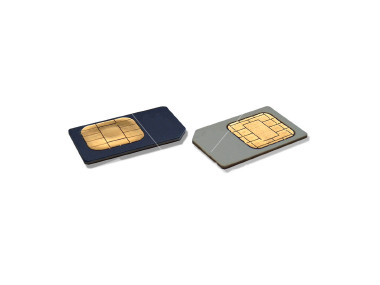With SIMalliance Open Mobile API Release 1 being specified by an increasing number of mobile network operators and already implemented by some handset manufacturers as the de facto standard for access to the Secure Element (SE), SIMalliance today announces the availability of its Open Mobile API Release 2.
Featuring a new service layer, the new Open Mobile API Release 2 enhances the current transport API to provide a more intuitive interface and increasingly powerful functionality to make it easier for developers to connect their applications to the Secure Element within todays feature phones and smartphones. ??By choosing to implement the Open Mobile API, handset manufacturers will be able to enrich their application portfolios through the introduction of a host of mobile services that demand the highest levels of security and identity protection afforded by the Secure Element.
For developers this common API eliminates the need to reengineer applications to each specific device by delivering a single, consistent specification and interface across multiple operating systems. By making the move, application developers will be able to manage costs, and reduce time to market and revenue. In addition, a common set of reusable high level services as crypto, file management, discovery, PKCS#15 and secure storage, allows developers to allocate time and resource to developing the functionality of their application rather than focusing on the complexities of integration with the device’s Secure Element.
According to Frédéric Vasnier, Chairman of the Board, SIMalliance: “The importance, and the adoption, of Secure Element(s) in the device is now beyond question. The challenge for the developer community has always been how to access SE(s) to fully secure their services in the most straightforward manner. With the launch of the SIMalliance Open Mobile API Release 2 that barrier has now been removed and will stimulate the creation of a host of new payment, loyalty and identity management services.”
To download the Open Mobile API Release 2, click here. Note that the Open Mobile API Transport Test Plan V1.0 is also available here.
The Open Mobile API Release 2 will be showcased as part of a Webinar on Secure Authentication for Mobile Internet Services on 1st of December at 15:30 GMT (London), 16:30 CET (Paris), 7:30 PST (San Francisco). Join Us for this FREE Webinar on www.simalliance.org/webinars.
A white paper: ”Secure Authentication for Mobile Internet Services – Critical Considerations” will be published that same day.









